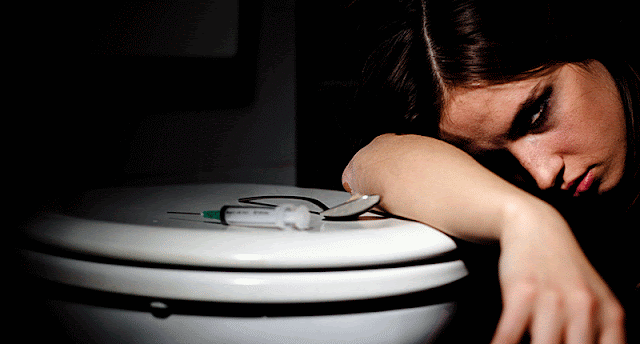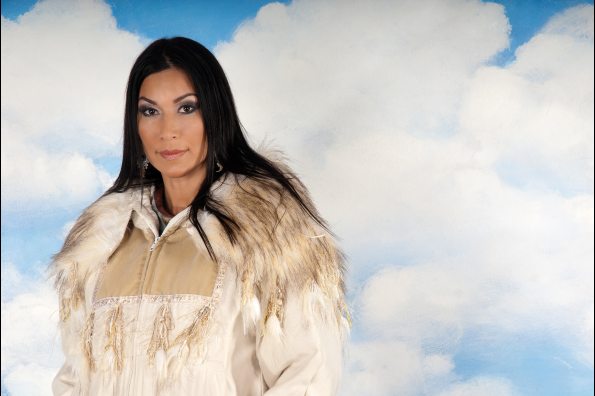The number of people who have used heroin within a year has doubled from 2005 to 2012; the number of deaths due to heroin have quintupled in the past 10 years.
And most importantly,
90 percent of new heroin users are white, following what one expert calls the
“heroin prep school” of prescription opiates. In America, heroin used to be
linked to the “inner city,” with all the socioeconomic and racial implications
that suggests. As heroin addiction has taken on a whiter, richer face, it’s
become a cuddlier drug, one more likely to be responded to with help instead of
force. Frontline follows different treatment approaches with a few different
addicts in “Chasing Heroin,” as well as interviewing dozens of scientists,
policymakers, and social workers.
Frontline correspondent Martin Smith, who is
white, asks Attorney General Eric Holder, “Not to be too glib, but isn’t [the
new public health response to addiction] because a lot of white kids are doing
heroin?” Holder, who is the first African-American attorney general, struggles
to be diplomatic. Smith presses him further. “Richard Pryor said, you know,
famously—about cocaine—that it’s an epidemic now ‘cause white people are doin’
it.” Holder responds, “There’s an element of truth to that.”
The director of the Centers for Disease Control, Tom Frieden,
and a former senior White House advisor on drug policy, Keith Humphreys, who
explain how deliberately they chose to start using the word “epidemic” around
heroin abuse, a term that was quickly picked up by the media. Humphreys points
out that politcians pay more attention to drugs when they begin to affect the
white middle class. “It’s not fair, and it’s not right, but that’s the kinda
country that we’re living in.” Public health lawyer Scott Burris adds,
“Stereotypes turn out to be so very important to people’s attitudes towards
drug use, and the war on drugs, and drug users.”
The politicians and police have made it quite the war on drugs
was not meant to include white people.








































